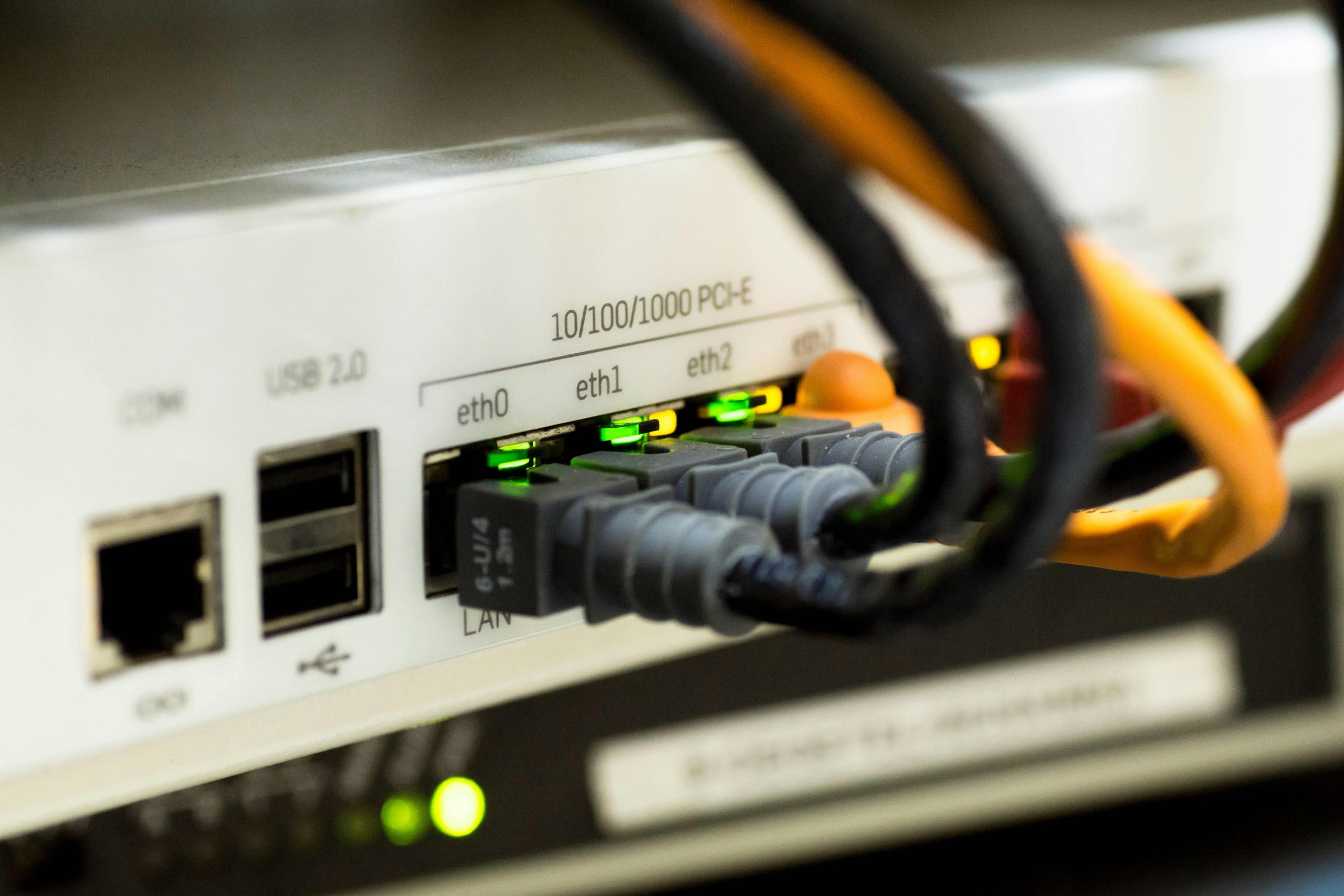Table of Contents
![]()
Introduction
The Internet, a global network of interconnected computer systems, has fundamentally transformed how we communicate, conduct business, and access information. Its origins trace back to early theoretical concepts and experimental technologies, evolving into a pervasive tool that shapes nearly every aspect of modern life. Understanding the Internet’s history provides insight into its remarkable impact and potential future.
Early Concepts and Precursors
The journey toward the Internet began with theoretical ideas about networking and communication. In 1962, J.C.R. Licklider envisioned a “Galactic Network” that would allow computers to communicate and share information globally. Building on this concept, Paul Baran and Donald Davies independently developed the idea of packet switching in the mid-1960s. This technique involves breaking data into packets and sending them through a network independently, which became fundamental to Internet technology.
The first practical implementation of these ideas was ARPANET, funded by the U.S. Department of Defense. Launched in 1969, ARPANET connected four universities and demonstrated the feasibility of packet switching. The first message sent over ARPANET, “LOGIN,” was an attempt to transmit a command from one computer to another, which famously failed after only two letters were sent. Despite this, ARPANET’s success set the stage for the Internet’s development.
Development of Core Technologies
The development of the TCP/IP protocol suite marked a crucial milestone. Designed by Vint Cerf and Bob Kahn in the 1970s, TCP/IP protocols standardized data transmission methods across diverse networks. ARPANET adopted these protocols in 1983, which led to the creation of a network of networks and laid the groundwork for the modern Internet.
Another significant advancement was the Domain Name System (DNS), created by Paul Mockapetris in 1983. DNS replaced the cumbersome system of numeric IP addresses with user-friendly domain names, facilitating easier navigation and addressing on the Internet.
Growth and Expansion
The World Wide Web, invented by Tim Berners-Lee in 1989-1990, further revolutionized the Internet. Berners-Lee’s creation of the first website and web browser enabled users to access and share information through a graphical interface, making the Internet more accessible and user-friendly.
The 1990s saw the rise of web browsers like Mosaic and Netscape Navigator, which transformed the Internet into a commercial and social powerhouse. The dot-com boom of the late 1990s saw a surge in online businesses and innovations, further driving the Internet’s expansion and integration into daily life.
Evolution of Internet Infrastructure
The late 1990s and early 2000s brought significant improvements in Internet infrastructure, including the advent of broadband technologies like DSL and cable modems. These technologies provided faster, more reliable internet access compared to dial-up connections, facilitating increased online activity and multimedia content consumption.
Wireless technologies also played a critical role. The introduction of Wi-Fi in 1997 and the subsequent development of mobile internet technologies—3G, 4G, and 5G—enabled users to connect to the Internet from virtually anywhere, further integrating it into everyday life.
Social Media and User-Generated Content
Social media platforms have become a defining feature of the Internet. Early platforms like Friendster and MySpace paved the way for the dominance of Facebook, Twitter, and Instagram. These platforms have revolutionized communication, allowing individuals to connect, share, and influence on a global scale.
The rise of user-generated content has also had a profound impact. Blogs, videos, and social media posts have democratized content creation, enabling anyone with an Internet connection to contribute to the online discourse and influence public opinion.
Security and Privacy Issues
As the Internet has grown, so have concerns about security and privacy. Early viruses and worms, such as the Morris Worm in 1988, highlighted vulnerabilities in networked systems. Today, cybersecurity threats range from ransomware to sophisticated phishing schemes.
Privacy concerns have also emerged, with data breaches and surveillance becoming significant issues. Regulations like the General Data Protection Regulation (GDPR) and the California Consumer Privacy Act (CCPA) aim to address these concerns, emphasizing the need for robust data protection and user privacy measures.
The Internet of Things (IoT) and Future Trends
The Internet of Things (IoT) represents the next frontier in Internet evolution. IoT refers to the network of interconnected devices that communicate and exchange data. Examples include smart home devices, such as thermostats and security systems, as well as industrial applications that optimize processes and improve efficiency.
Looking ahead, the Internet is poised for continued transformation. Advances in artificial intelligence (AI) and machine learning promise to enhance data analysis and automation. Quantum computing, still in its nascent stages, has the potential to revolutionize data processing capabilities, presenting both opportunities and challenges for future Internet development.
Conclusion
The history of the Internet is a tale of innovation, expansion, and transformation. From its theoretical origins to its current status as a global cornerstone, the Internet has continuously evolved, shaping modern society in profound ways. As we delve into its past, we gain a deeper appreciation for its role in our lives and the potential it holds for the future. The Internet’s ongoing evolution will undoubtedly continue to influence and redefine our world in the years to come.
Share This





Be the first to comment